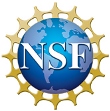Title: The future of BMI: BMI control of Functional Electrical Stimulation
Symposium Summary: Recent advances in neural engineering have demonstrated that it is possible to record the neuronal activity in the brain, decode information about the intention of a paralyzed patient to move their limb and then use that information to control a robotic device or exoskeleton (BMI). At the same time, great strides have been made in developing improved stimulators that can activate nerves or muscles and restore movement (FES). However, it is becoming increasingly evident that coordinating the intention to move via BMI with the application of FES will induce neuroplasticity that optimizes functional outcomes. This symposium will describe the future of BMI that controls FES to restore volitional movements of a patient’s own limbs after neurological injury or disease (BMI-FES). Vivian Mushahwar will provide an overview of the latest advances in FES that serve as a critical platform for BMI-FES. Kathryn Atwell will describe a BMI-FES system that can provide a powerful new therapeutic intervention for patients with stroke. Karen Moxon will demonstrate a novel BMI-FES in a rat model of complete spinal cord injury that provides insight into neural encoding.
Speakers:
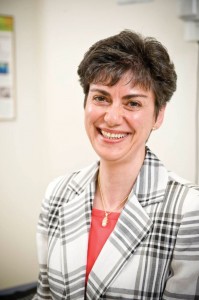 Speaker#1: Vivian Mushahwar, Department of Bioengineering,
Speaker#1: Vivian Mushahwar, Department of Bioengineering,
University of Alberta
![]() Speaker#2: Kathryn Atwell, Institute of Biomaterials and Biomedical Engineering, University of Toronto
Speaker#2: Kathryn Atwell, Institute of Biomaterials and Biomedical Engineering, University of Toronto
![]() Speaker#3: Karen Moxon, School of Biomedical Engineering, Science and Health Systems, Drexel University
Speaker#3: Karen Moxon, School of Biomedical Engineering, Science and Health Systems, Drexel University
Title: NeuroModulation for Seizure Control
Symposium Summary: Ranked as the 20th leading cause of disability globally in 2010 and contributing to 8% of the 92 million disability-adjusted years (DALY) that are caused by neurological disorders and are projected to increase by 12% in the year 2030 (according to WHO), epilepsy continues to challenge both the scientific and the patient community with its severe consequences on mental health, re-hospitalization rates, and social engagement. About 2.8 million people have been diagnosed with epilepsy (1) and the cost to the society is about $15.5B/year (2). Antiepileptic drugs (AED) help control seizure frequency in most patients. Only a fraction of the intractable patients are candidates for surgical resection based on pre-surgical functional assessment. Neuro-ablative surgery can treat epilepsies refractory to conventional pharmacotherapy but for many patients electrical stimulation is the only alternative.The last few years has seen significant improvements in the control of abnormal neural activity with electrical stimulation. Deep Brain Stimulation has been highly effective at controlling motor disorders in patient with Parkinson’s disease. In the field of epilepsy, neuromodulation has been applied with some success. Several new methods have now gone through Phase II clinical trials and new methods have under development. In this symposium we will review some of the basic mechanisms of the generation of seizures using computer simulation and experimentation. We will also review the basic principles of neuromodulation and the mechanisms of seizure control from in-vitro experiments to human clinical trials. The faculty includes a clinician, neuroscientist and biomedical engineer with significant experience in epilepsy.
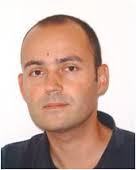 Speaker#1: Mechanisms of seizure generation
Speaker#1: Mechanisms of seizure generation
Fabrice Wendling, LTSI – UMR Inserm –
Head SESAME Team (Epileptogenic Systems: Signals and Models)
Université de Rennes 1, France
 Speaker#2: Seizure Suppression with high Frequency Stimulation
Speaker#2: Seizure Suppression with high Frequency Stimulation
Paul Boon, Professor and Chairman Department of Neurology –
Division of Head, Neck and Nervous System Director Institute for Neuroscience, Ghent University Hospital, Holland
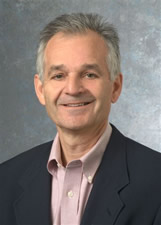 Speaker#3: Mechanism of seizure control with low frequency stimulation
Speaker#3: Mechanism of seizure control with low frequency stimulation
Dominique Durand, Dept of Biomedical Engineering and Neurosciences,
Case Western Reserve University, USA
Title: Interfaces for autonomic visceral modulation
Symposium Summary: the symposium will be organized as a discussion panel with one moderator and six panelists. Ahead of the conference, the moderator will communicate with the panelists to formulate a set of five questions focused on key technological challenges. At the symposium, the moderator introduces the topic of bioelectronic medicine by showing the GSK video (http://www.youtube.com/watch?v=NhXtSy-Ccvg) and then introduces the panelists (5 min total). Then, each panelist presents his field of expertise (5 min and no more than 4 slides each). After these introductions, the moderator presents each of five challenge questions, allowing ~10 min for discussion by the panelists and audience (50 min total). The overall symposium duration is 90 min.
Speakers:
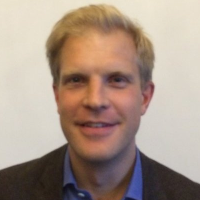 Moderator: Kristoffer Famm, Vice President, Bioelectronics R&D, GlaxoSmithKline
Moderator: Kristoffer Famm, Vice President, Bioelectronics R&D, GlaxoSmithKline
https://www.linkedin.com/pub/kristoffer-famm/2/2b4/84a
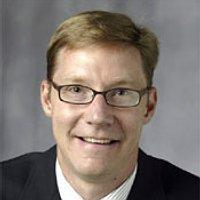 Speaker#1: Interfacing with autonomic nerves to decipher signaling changes and deliver treatment in lower urinary tract disorders
Speaker#1: Interfacing with autonomic nerves to decipher signaling changes and deliver treatment in lower urinary tract disorders
Warren Grill, Professor, Biomedical Engineering, Duke University, USA
http://bme.duke.edu/faculty/warren-m-grill
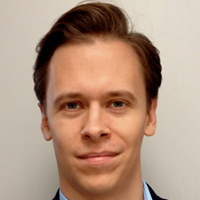 Speaker#2: High resolution nerve recording through nerve microdissection and microchannel implantation
Speaker#2: High resolution nerve recording through nerve microdissection and microchannel implantation
Daniel Chew, Neural Interface Manager, Bioelectronics, GlaxoSmithKline and Senior Research Associate, University of Cambridge, UK
http://www.neuroscience.cam.ac.uk/directory/profile.php?dc501
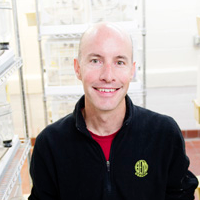 Speaker#3: High-density carbon-fiber electrode array for long-term neural recording
Speaker#3: High-density carbon-fiber electrode array for long-term neural recording
Tim Gardner, Assistant Professor, Dept. of Biology, Boston University, USA
http://www.bu.edu/biology/people/faculty/gardner/
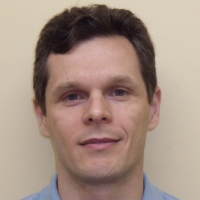 Speaker#4: Electrical blocking of activity in small unmyelinated nerves
Speaker#4: Electrical blocking of activity in small unmyelinated nerves
Victor Pikov (HMRI), Senior Scientist, HMRI and Consultant, Bioelectronics, GlaxoSmithKline
https://www.linkedin.com/pub/victor-pikov/31/bb2/90b
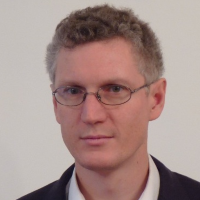 Speaker#5: Optical recording of activity patterns in myelinated and unmyelinated nerves and evaluating their optical scattering properties
Speaker#5: Optical recording of activity patterns in myelinated and unmyelinated nerves and evaluating their optical scattering properties
Simon Schultz, Reader, Department of Bioengineering, Imperial College London, Director, Centre for Neurotechnology, Imperial College London, UK – www.schultzlab.org
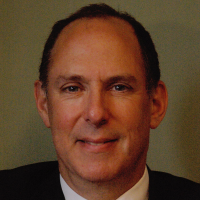 Speaker#6: Imaging fascicular traffic within peripheral nerve using Electrical Impedance Tomography with a flexible cuff electrode array
Speaker#6: Imaging fascicular traffic within peripheral nerve using Electrical Impedance Tomography with a flexible cuff electrode array
David Holder, Professor of Biophysics and Clinical Neurophysiology, UCL
Hon. Consultant in Clinical Neurophysiology, UCL Hospitals
http://www.ucl.ac.uk/medphys/staff/people/dholder
Title: Neural Interfacing: Challenges and Opportunities
Symposium Summary: The Brain, by essence, and by function, has to gather informations and, after processing, emits orders of action. To fulfill this mission, it received from Mother Nature sensory receptors to probe the external world (vision, hearing, smelling, tasting, and touching) and effectors to act on the internal as well as on the external worlds (glands and muscles). In both directions the Brain is in contact with receptors and effectors through specific interfaces called synapses. When, particularly for medical reasons, it is necessary to create artificial routes to introduce data from the external world, devices have to be developed which convey either chemical or electrical signals, which are the basis of the method of neurostimulation (peripheral, or deep brain). Similarly, orders generated by the brain have to be translated, most of the time by electrical recordings to effectors mimicking the human features such as sound (as voice synthesizers) or motion (motors mimicking muscles). In the first situation (inbound), deep brain stimulation has been one of the earliest application of this type, because electrical stimulation is the universal language which can be interpreted by the neuronal structures, the first order of magnitude of modulation being intensity of the stimulating current and the frequency of emitted waveforms. In the second situation (outbound) the structural design in related to the specificity of the action, and simultaneously the code of the brain activity used to trigger these effectors is poorly understood and then difficult to decode.
 Speaker#1: Interfacing the brain: Deep brain stimulation and invasive BCI
Speaker#1: Interfacing the brain: Deep brain stimulation and invasive BCI
technologies – Pr A.L. Benabid, Chairman of CEA CLINATEC
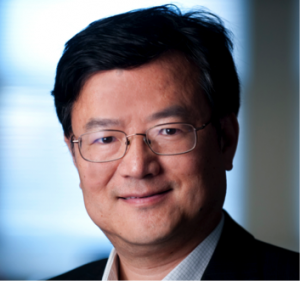 Speaker#2: Noninvasive brain-computer interface: Challenges and opportunities
Speaker#2: Noninvasive brain-computer interface: Challenges and opportunities
Bin He, PhD – Director, Institute for Engineering in Medicine
Distinguished McKnight University Professor of Biomedical Engineering
Medtronic-Bakken Endowed Chair for Engineering in Medicine – University of Minnesota, USA
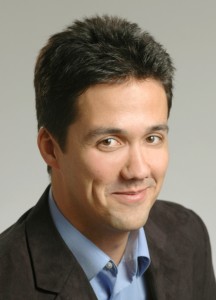 Speaker#3: Closed-Loop Design Strategies for Neuroprosthetic Control
Speaker#3: Closed-Loop Design Strategies for Neuroprosthetic Control
Jose M. Carmena, Ph.D.
Associate Professor of Electrical Engineering & Computer Sciences
Co-Director, Neuroengineering Center, University of California, Berkeley




